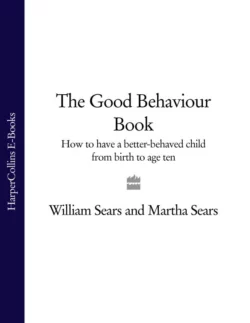The Good Behaviour Book: How to have a better-behaved child from birth to age ten

Martha Sears и William Sears
Тип: электронная книга
Жанр: Семейная психология
Язык: на английском языке
Стоимость: 1330.67 ₽
Статус: В продаже
Издательство: HarperCollins
Дата публикации: 16.04.2024
Отзывы: Пока нет Добавить отзыв
О книге: In THE GOOD BEHAVIOUR BOOK, Dr. William and Martha Sears, the paediatrics specialists whose books on birth, babies, and parenting have become widely praised best-sellers, provide a definitive guide to raising happy, well-adjusted, well-behaved children.Disciplining children means equipping them with the tools to succeed in life. In this unique guide, seasoned parents of eight, Bill and Martha Sears draw on personal experience and their professional knowledge as childcare experts to provide an authoritative approach to a broad range of disciplinary issues and practices.With focus on preventing behaviour problems as well as managing them when they arise, the Searses offer clear, practical advice on everything parents need to know about disciplining young children. Believing that discipline starts at birth, the Searses discuss baby discipline, disciplining the toddler, mother-father roles in modern parenting, saying no, self-esteem as the foundation of good behaviour, helping a child to express feelings, the constructive use of anger, good nutrition for good behaviour, and sleep discipline.On handling problem behaviour, the Searses cover sibling rivalry, spanking and alternatives to spanking, breaking annoying habits, and eliminating bothersome behaviours like whining and talking back. The Searses strongly advocate teaching children values like apologising and sharing, and explain how to deal with such issues as lying, stealing, and cheating.In addition, the Searses address building healthy sexuality and discipline in special situations such as after divorce and in the single-parent household.